For decades, deep-fried food has been the villain of the culinary world—blamed for everything from clogged arteries to ruined waistlines. But here’s the truth: much of what you’ve heard is more fiction than fact. From seasoned chefs to certified nutritionists, experts agree that frying, when done correctly, can be both delicious and surprisingly reasonable. So before you toss out your fryer or give the side-eye to your next basket of golden goodness, it’s time to separate fact from fear. Let’s debunk the 13 biggest myths about deep-fried food—and finally give your crispy favorites the fair shake they deserve.
1. Deep-fried food is always unhealthy
The sizzling truth might shock you! When done correctly, frying can actually be a reasonably healthy cooking method. The key lies in using fresh oil at the right temperature.
Quick frying creates a seal around food that locks in moisture while creating that delicious crispy exterior. Vegetables like tempura broccoli retain more vitamins than their boiled counterparts because of shorter cooking times.
Professional chefs often point out that properly fried foods absorb surprisingly little oil. The steam pressure pushing outward during cooking prevents excess oil absorption, making your favorite crispy treats less calorie-laden than you might expect.
2. Frying destroys all nutrients
Contrary to popular belief, the quick cooking time of deep frying actually helps preserve many nutrients. The rapid formation of that crispy exterior creates a protective barrier that locks in water-soluble vitamins and minerals.
Studies show that deep-fried potatoes contain resistant starch, which acts like fiber in your digestive system. This beneficial compound forms when potatoes cool after frying, making your french fries more nutritionally complex than you’d think.
Vegetables often retain more of their vibrant colors when fried versus boiled because fewer nutrients leach out into cooking water. The next time someone criticizes your fried zucchini, you’ll have science on your side!
3. Deep frying always creates trans fats
Many people worry about dangerous trans fats in fried foods, but this concern is often misplaced. Trans fats primarily form when using partially hydrogenated oils, which most home cooks and restaurants have abandoned.
Modern frying oils like peanut, avocado, and refined sunflower oil maintain their molecular structure even at high temperatures. These stable oils produce crispy, delicious food without creating harmful trans fats during the cooking process.
Regular oil changes and proper temperature control further reduce any risk. Next time you enjoy homemade fried chicken using quality oil, you can set aside worries about trans fats and simply enjoy those perfectly crispy bites.
4. Properly fried food is always greasy
Ever bitten into perfectly fried chicken that wasn’t greasy at all? That’s because greasiness isn’t an inherent quality of fried food—it’s the result of improper technique.
The magic happens between 350-375°F, where food surfaces seal instantly, creating a moisture barrier that prevents oil from seeping in. Food essentially steams from the inside while crisping on the outside. Professional chefs always drain fried items on wire racks rather than paper towels to maintain that perfect crispness.
Temperature drops from overcrowding your fryer are the main culprit behind greasy results. Fry in smaller batches, maintain proper heat, and you’ll achieve restaurant-quality results that aren’t the least bit greasy.
5. Home frying is dangerous and risky
The kitchen horror stories about explosive grease fires have scared many home cooks away from frying. With a few simple precautions, home frying is actually quite safe and manageable.
Start with a heavy-bottomed pot that distributes heat evenly, and never fill it more than halfway with oil. Keep a metal lid nearby—not to cover while cooking, but as emergency fire suppression if needed. Always use a long-handled slotted spoon or spider to add and remove food, keeping a safe distance from hot oil.
Remember that water and oil don’t mix! Pat foods dry before frying to prevent dangerous splatters. Follow these basic safety rules, and you’ll fry with confidence.
6. More oil means crispier food
Drowning your food in excessive oil won’t make it crispier—it’s all about temperature control! The perfect crunch comes from maintaining consistent heat between 350-375°F throughout the cooking process.
You only need enough oil to fully submerge the food, allowing it to float freely without touching the bottom of the pan. Adding too much food at once drops the temperature dramatically, resulting in soggy, oil-logged disappointments instead of that satisfying crunch.
Professional kitchens achieve consistent results by cooking in small batches and allowing oil to return to optimal temperature between additions. Invest in a good thermometer rather than extra oil, and you’ll be rewarded with perfectly crispy results every time.
7. You need fancy equipment for successful frying
Forget those infomercials pushing specialized deep fryers! Generations of home cooks have produced amazing fried foods using nothing more than basic kitchen equipment. A heavy-bottomed Dutch oven or cast iron pot provides excellent heat retention—crucial for maintaining stable temperatures.
The only specialized tool worth investing in is an accurate thermometer. Clip-on candy thermometers work perfectly, or try an instant-read digital version for precise readings. A spider or slotted spoon completes your essential frying toolkit.
Some of the world’s best fried dishes come from cultures with minimal kitchen technology. Remember that perfect tempura originated in Japan centuries before electric deep fryers existed. Simple tools and proper technique trump fancy gadgets every time.
8. Frying always creates a huge mess
The fear of oil-splattered walls keeps many home cooks from exploring the delicious world of frying. Smart preparation makes all the difference between a disaster zone and a clean cooking experience.
Start by setting up a frying station: place your pot on a back burner, use a splatter screen, and keep a landing zone of paper towels or a wire rack ready for finished foods. Dry ingredients thoroughly before frying to minimize splattering, and never overfill your pot.
Restaurant chefs stay organized with a dedicated workflow—prep, fry, drain, season—all in designated areas. Follow their lead by planning your frying process from start to finish, and you’ll maintain a surprisingly clean kitchen throughout.
9. Any cooking oil works for deep frying
Grabbing whatever oil is in your pantry could lead to smoking disaster! Oil selection dramatically affects both flavor and safety when deep frying. The smoke point—the temperature at which oil begins to break down and smoke—is your most important consideration.
Refined peanut oil (450°F smoke point) remains the gold standard for most frying. Other excellent options include avocado oil (520°F), refined sunflower oil (450°F), and canola oil (400°F). Extra virgin olive oil, despite its health benefits, has too low a smoke point (325-375°F) for proper deep frying.
Beyond smoke point, consider flavor profiles. Neutral-tasting oils let your food’s flavors shine, while coconut oil adds a subtle sweetness perfect for desserts or tropical dishes.
10. Temperature doesn’t matter much when frying
Temperature control is the secret weapon separating mediocre from magnificent fried food! Too cool (below 325°F), and food absorbs excess oil, becoming greasy and soggy. Too hot (above 400°F), and exteriors burn before interiors cook through.
Professional chefs maintain precise oil temperatures between 350-375°F—the sweet spot where food develops that perfect golden crust while cooking properly inside. Temperature drops dramatically when food enters the oil, so working in small batches allows quick recovery.
Digital thermometers take the guesswork out of frying. Some chefs even use the wooden spoon test—bubbles forming around a wooden handle indicate oil is ready. Master temperature control, and you’ve mastered the art of frying.
11. Frying oil can be reused indefinitely
Reusing oil makes economic and environmental sense, but not indefinitely! Each frying session breaks down oil molecules, eventually affecting both flavor and nutrition. The good news? With proper handling, quality oil can be reused several times.
After frying, let oil cool completely before straining through a fine-mesh sieve lined with cheesecloth or coffee filters. Store in an airtight container away from light and heat. Watch for warning signs that oil needs replacing: darkening color, excessive smoking at normal temperatures, foaming, or unpleasant smells.
Different foods affect reusability differently. Fish and heavily seasoned items impart strong flavors that limit future uses, while plain vegetables or french fries have minimal impact on oil quality.
12. Cover fried food to keep it warm
The heartbreak of soggy fried food often comes from well-intentioned covering! That perfect crispiness you worked so hard to achieve quickly turns limp when steam gets trapped under lids or foil.
Professional kitchens use wire racks placed over sheet pans in warm ovens (170-200°F) to maintain crispness while keeping food warm. This setup allows air circulation around each piece, preventing condensation from forming. For quick service, draining on paper towels works briefly, but transfer to a rack quickly to maintain texture.
Timing matters tremendously with fried foods—they’re at their peak within minutes of cooking. Rather than focusing on keeping large batches warm, consider frying smaller amounts more frequently when serving a crowd.
13. Frying is too complicated for casual cooks
Intimidated by frying? You’re not alone! Many home cooks avoid this technique, believing it requires professional training. The truth is much simpler—frying is one of humanity’s oldest cooking methods, mastered by generations of home cooks worldwide.
Start with forgiving foods like french fries or tempura vegetables before attempting more delicate items. Focus on the fundamentals: proper temperature, small batches, and careful observation. Each frying session builds confidence and skill.
Remember that even professional chefs had to start somewhere. They weren’t born knowing how to fry perfectly—they practiced! With basic equipment, quality ingredients, and a bit of patience, you’ll soon be frying with the confidence of a seasoned pro.
14. All fried foods taste the same
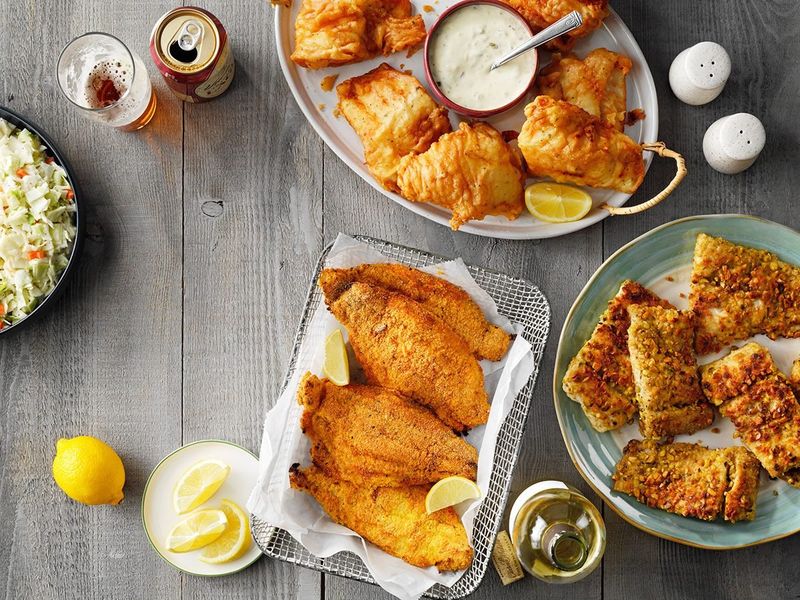
The notion that all fried foods share the same greasy flavor couldn’t be further from culinary truth! Different batters, coatings, oils, and seasonings create distinct flavor profiles across global cuisines.
Japanese tempura uses cold water and minimal mixing to create ethereally light coatings that barely whisper around vegetables and seafood. Southern-style buttermilk batters bring tangy depth to fried chicken, while beer batters add malty complexity to fish.
Even uncoated foods develop unique flavors through the Maillard reaction—that magical browning process that creates hundreds of new flavor compounds. Experiment with different oils too! Peanut oil imparts subtle nuttiness, while coconut oil adds tropical notes perfect for desserts or southeast Asian dishes.
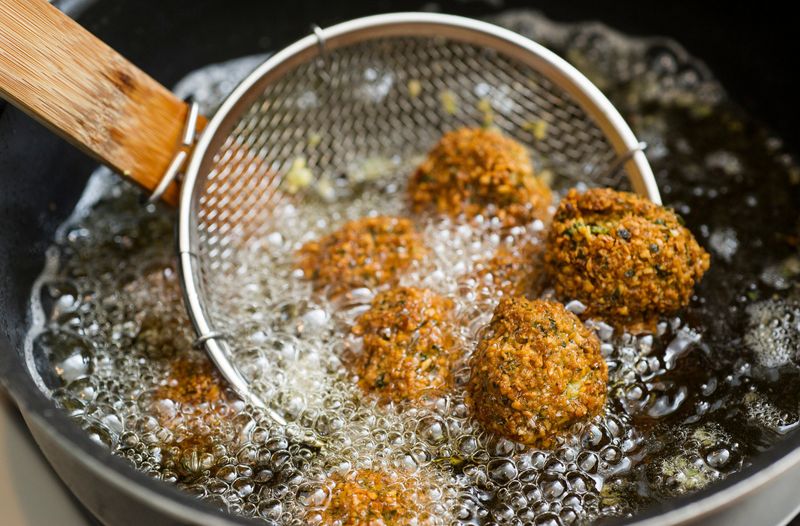
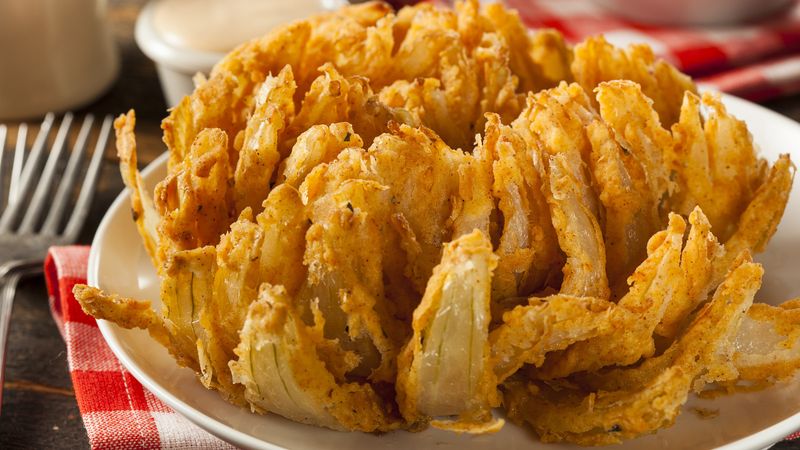
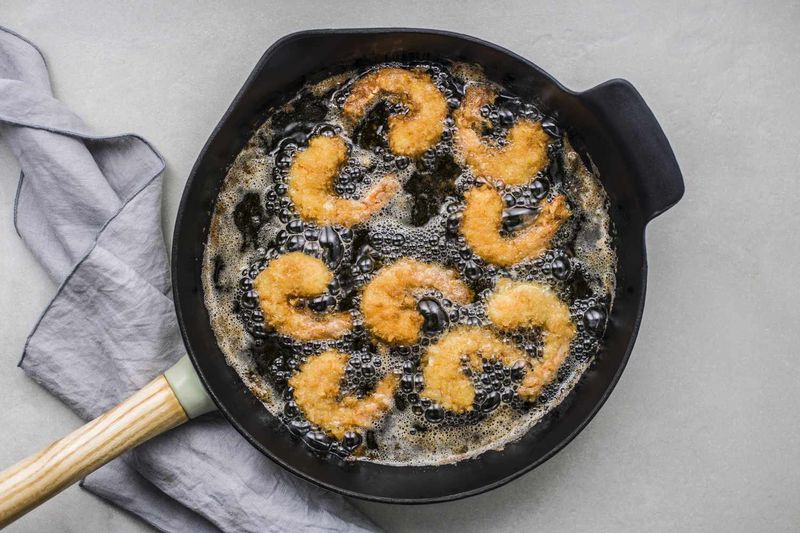
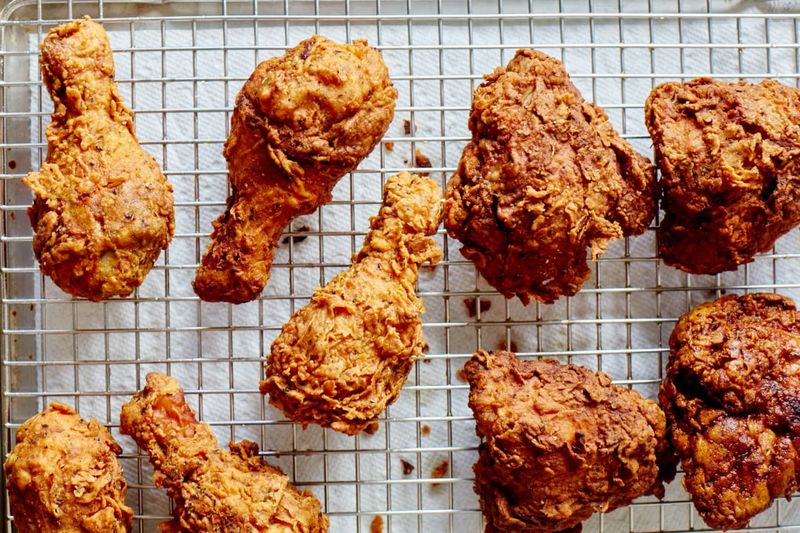
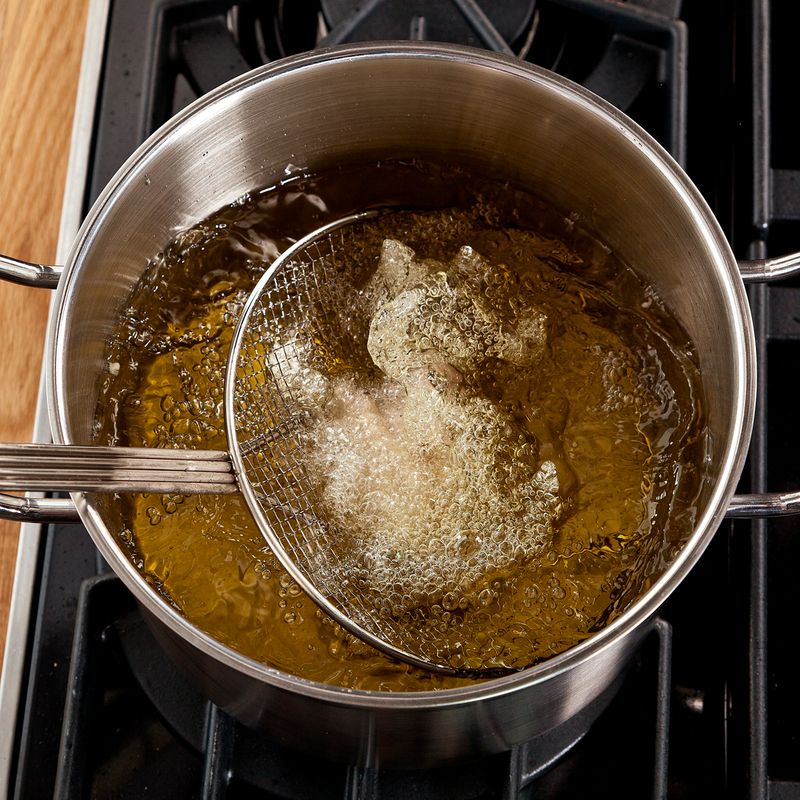
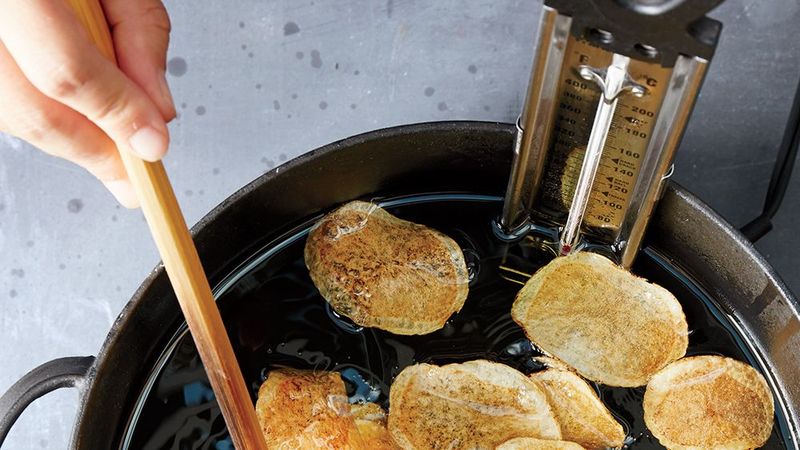
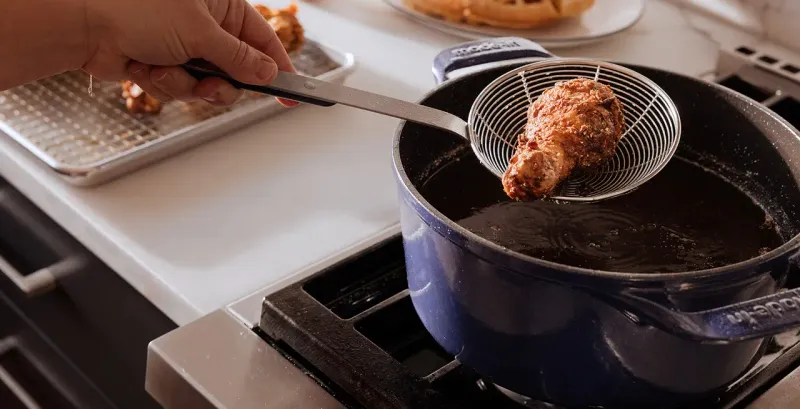
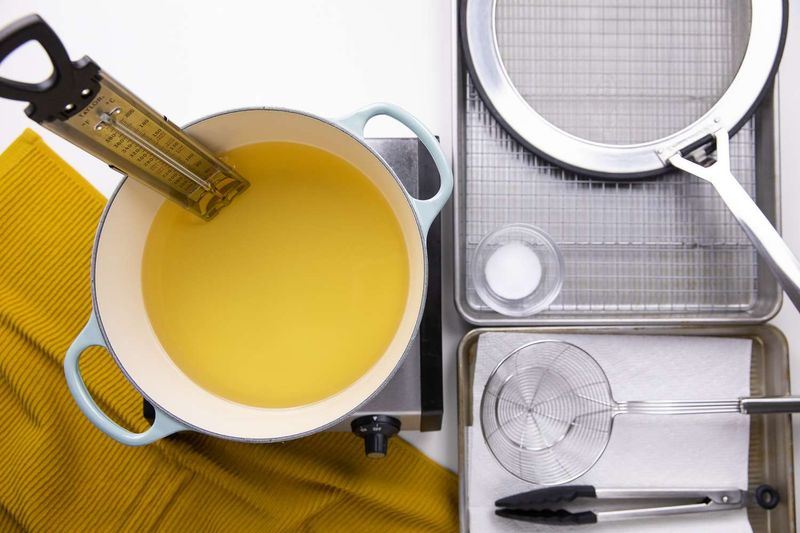
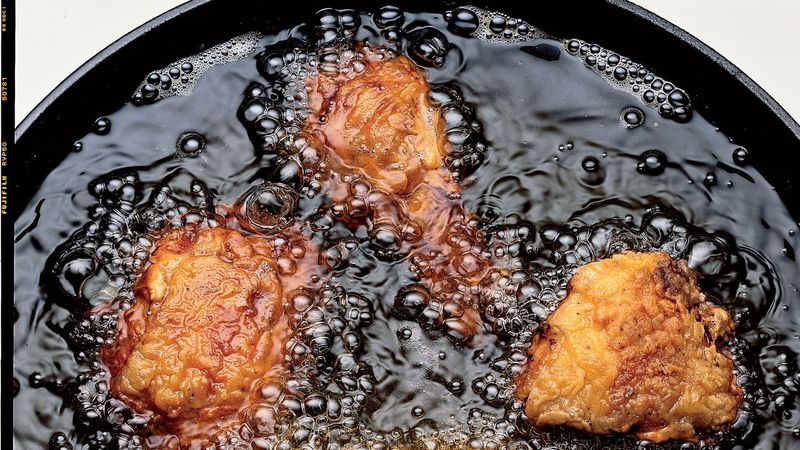
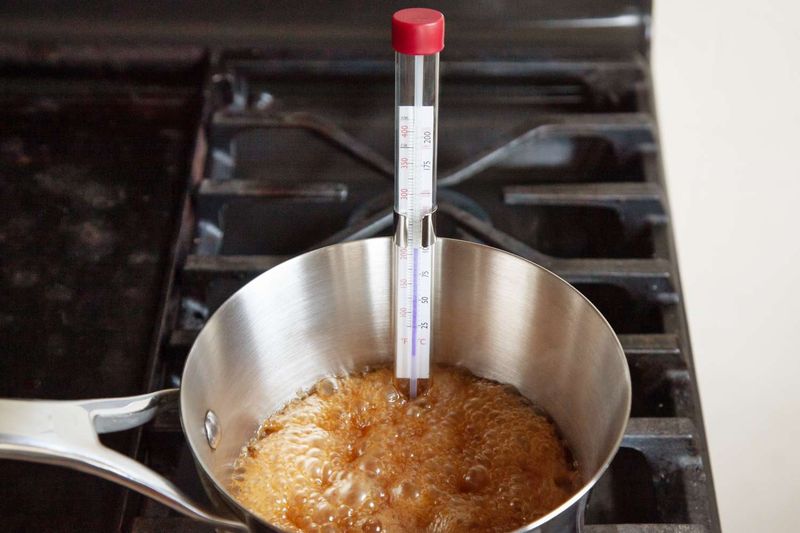
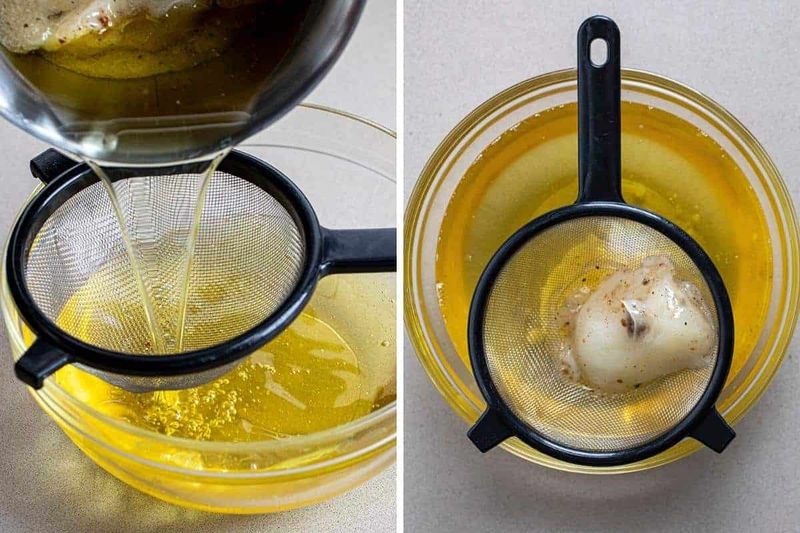
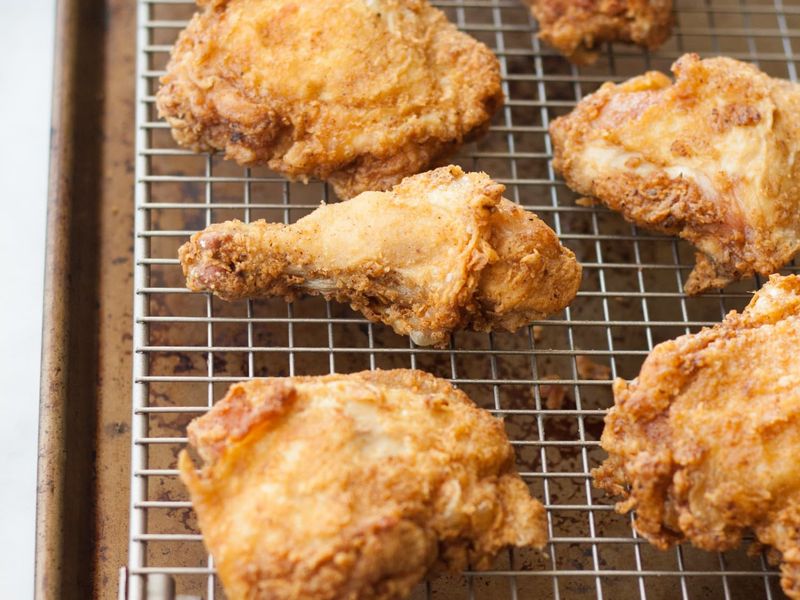
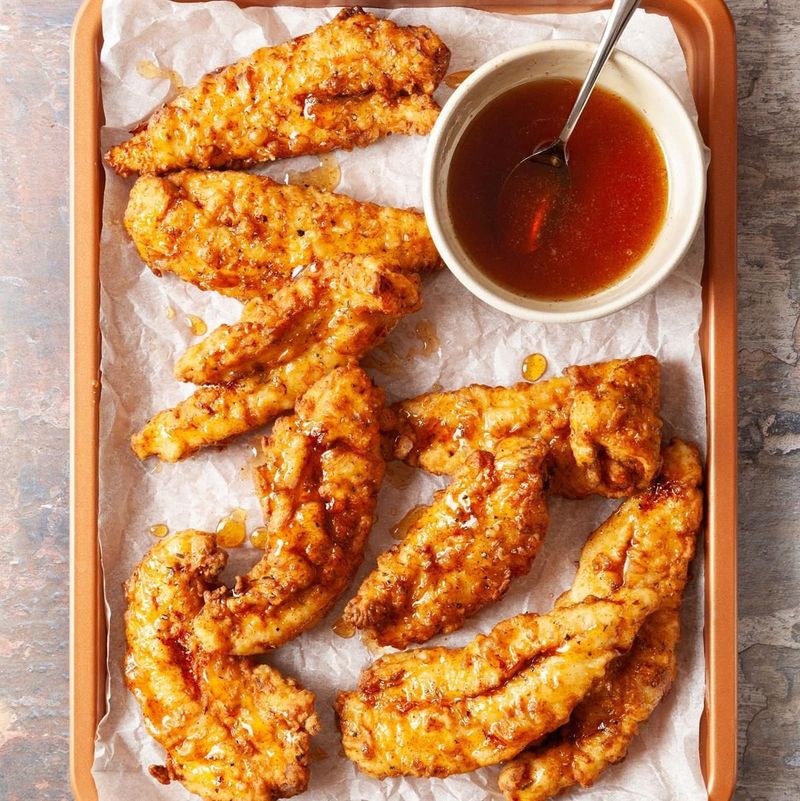
Leave a comment